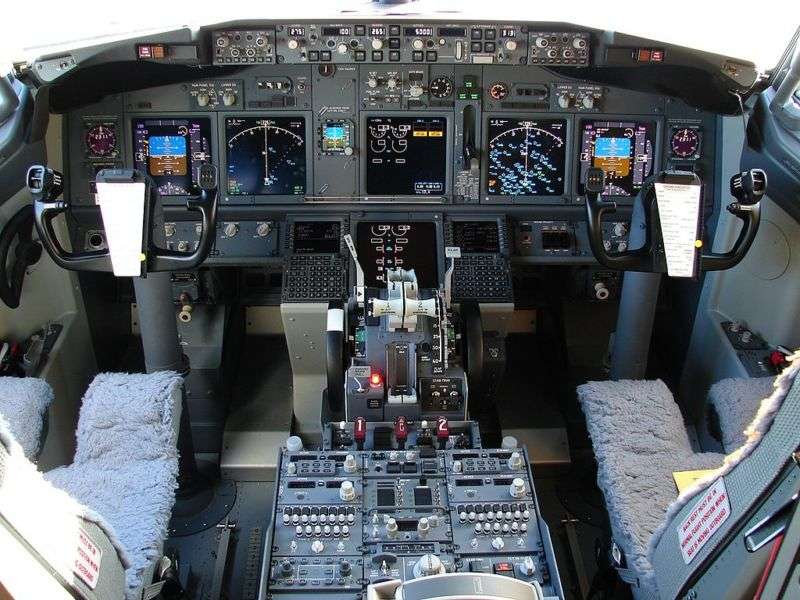
Boeing delays 737 MAX software fix delivery

Delivery of Boeing’s promised fix to the flight system software at the center of two 737 MAX crash investigations has been pushed back several weeks after an internal review by engineers not connected to the aircraft raised additional safety questions. The results of the “non-advocate” review have not been revealed, but the Federal Aviation Administration confirmed on April 1 that the software needed additional work.
“The FAA expects to receive Boeing’s final package of its software enhancement over the coming weeks for FAA approval,” an FAA spokesperson said in a statement. “Time is needed for additional work by Boeing as the result of an ongoing review of the 737 MAX Flight Control System to ensure that Boeing has identified and appropriately addressed all pertinent issues.”
The Maneuvering Characteristics Augmentation System (MCAS) was developed by Boeing to mitigate changes in the handling of the 737 MAX from other 737 designs. It included a more aggressive anti-stall feature intended to counter the modified aircraft’s inherent tendency to “nose up” during flight—automatically correcting the position of the aircraft’s stabilizers to bring the nose back down. Evidence from the crashes of a Lion Air 737 MAX off Indonesia in October and an Ethiopian Airlines flight last month indicates that a single faulty sensor input caused the anti-stall system to activate in error, pushing both aircraft into a dive shortly after take-off. Lack of diagnostic information and a change in how pilots would normally disable the software also contributed to the Lion Air crash; the investigation of the Ethiopian Airlines crash is still in progress.
Boeing had previously detailed its plans for changes in MCAS, which the company started work on following the Lion Air crash in October. The updated software will use sensor inputs from both of the aircraft’s “angle of attack” (AOA) sensors on the aircraft’s nose rather than relying on a single sensor. An AOA sensor “disagree” indicator on the aircraft’s cockpit display, previously an optional component of MCAS, will be made standard for all 737 MAX aircraft. And the update will make MCAS less aggressive in its level of control over the aircraft’s stabilizers. These changes might have additional impact on the overall handling of the 737 MAX and will likely require additional pilot training as part of any rollout.
It is not clear how much priority Boeing had placed on development of the MCAS patch prior to last month’s Ethiopian Airlines crash. In March, the Wall Street Journal reported that unnamed FAA officials had said the pace of the development of the software patch had been affected by the government shutdown in December and January. While Boeing’s own employees are involved in safety certification work, they do that work under the auspices of the FAA.
Just how far back the delivery of the MCAS patch has been pushed is uncertain. The New York Times reports that the update’s schedule has been pushed back “several weeks.” And after its delivery, an FAA spokesperson said, “the FAA will subject Boeing’s completed submission to a rigorous safety review. The FAA will not approve the software for installation until the agency is satisfied with the submission.”
This means it could be months before grounded Boeing 737 MAX aircraft are once again deemed airworthy. And that means more flight cancellations for airlines that have the aircraft in their inventory. Southwest Airlines, Boeing’s largest 737 MAX customer, canceled all of its flights dependent on its 34 737 MAX aircraft through April 20 so far—about 150 flights per day. And Boeing’s delivery of new 737 MAX aircraft—the company’s best-seller—have been indefinitely delayed.




